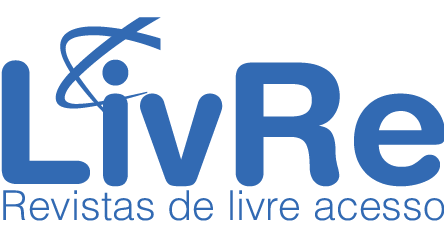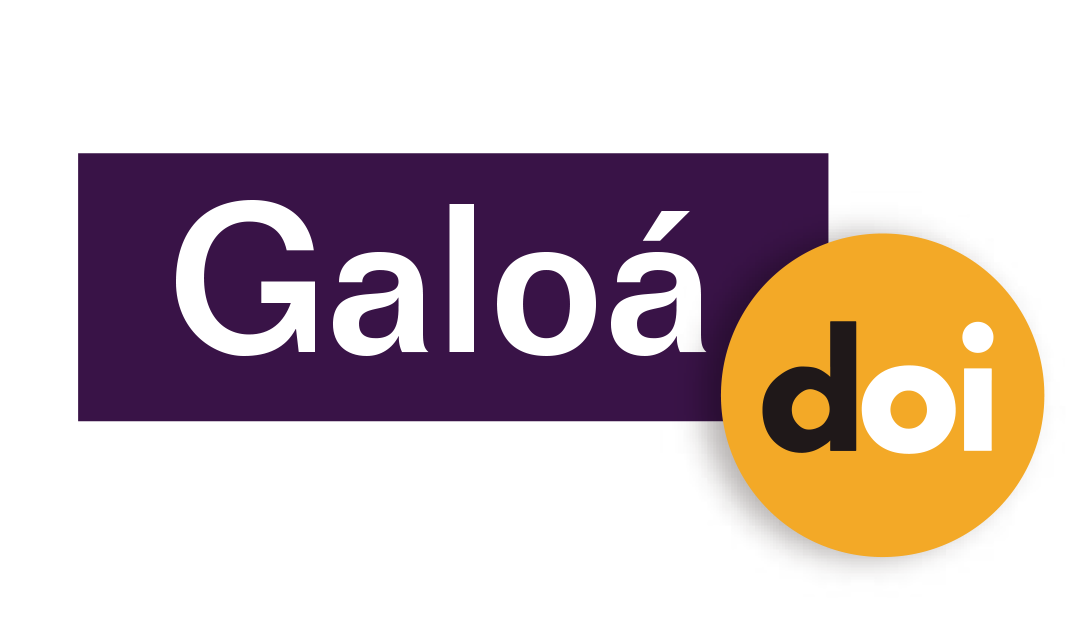The Interpretation of Statistical Graphs Given in the Press: Advancing Towards Citizen Training
Resumo
Background: Statistical graphs in communication media validates that which communicates, considering that every media has editorial orientation, and is central to the development of citizen capacity for the critical interpretation of graph information. So it is necessary to understand the processes of interpreting graphs in communication media to improve statistical learning. Objective: Systematise elements that concur to the action of critical interpretation of the statistical graphs used in communication media. Design: From the socioepistemology and two studies, we focus on the analysis of textualities of the interpretations of graphs published in the press. We characterise operational, perceptual, and experiential elements that concur to the construction of meanings regarding the graphic phenomenon. Setting and Participants: This research was done with two groups: students from the 11th grade of schooling in Chile, who carry out an interpreting activity; and university statistics professors from Peru and Chile, who answered a semi-structured interview. Data analysis: Through the content analysis of textualities, units of meaning are identified from open encodings, grouped according to operational, perceptual or experiential aspects. Results: The act of interpreting graphs constitutes a space of epistemic activity that allows us to know the graph. In particular, the use of qualitative and perceptual comparisons that make the interpretation permeable to tendentious modifications of graphic elements is evident. Conclusions: It is necessary to incorporate press graphs into didactic designs, with a socio-critical discussion regarding the use of graphs in communication, to strengthen citizenship.
Palavras-chave
Statistical learning, Graphs in communication media, Critical interpretation
DOI: https://doi.org/10.17648/acta.scientiae.6117
Apontamentos
- Não há apontamentos.
Direitos autorais 2021 Eduardo Carrasco Eduardo, Teresa Sofía Oviedo Millones Sofía

Esta obra está licenciada sob uma licença Creative Commons Atribuição 4.0 Internacional.
ANÚNCIOS
Informamos que, a partir de outubro de 2025, devido ao grande número de artigos na fila de submissão, está suspenso o aceite de submissões. Rebriremos em fevereiro de 2026.
Mais, informamos que sites fraudulentos, https://periodicos-ulbrabr.org e https://periodicos-ulbrabra.org, estiveram se passando pela Acta Scientiae, utilizando nosso nome e identidade visual e até solicitado taxas de APC, que nós não cobramos. Aconselhamos cautela para evitar serem enganados por sites semelhantes.
Conceito A2 na Capes(2021)
Índice h5 do Google Scholar: 13
Índice mediana h5 do Google Scholar:24
eISSN: 2178-7727
Indexações:
A Acta Scientiae é indexada em: | Scopus |  | Latindex |  | Edubase (SBU/UNICAMP) |
 | Sumarios.org |  | Google Scholar |  | Portal LivRe (CNEM) |
 | Journals for Free |  | REDIB |  | Galoá DOI |

Todos os trabalhos publicados aqui estão sob uma licença Creative Commons - Atribuição 4.0 Internacional.
